Unlock Ecommerce Growth with Data-Driven Techniques
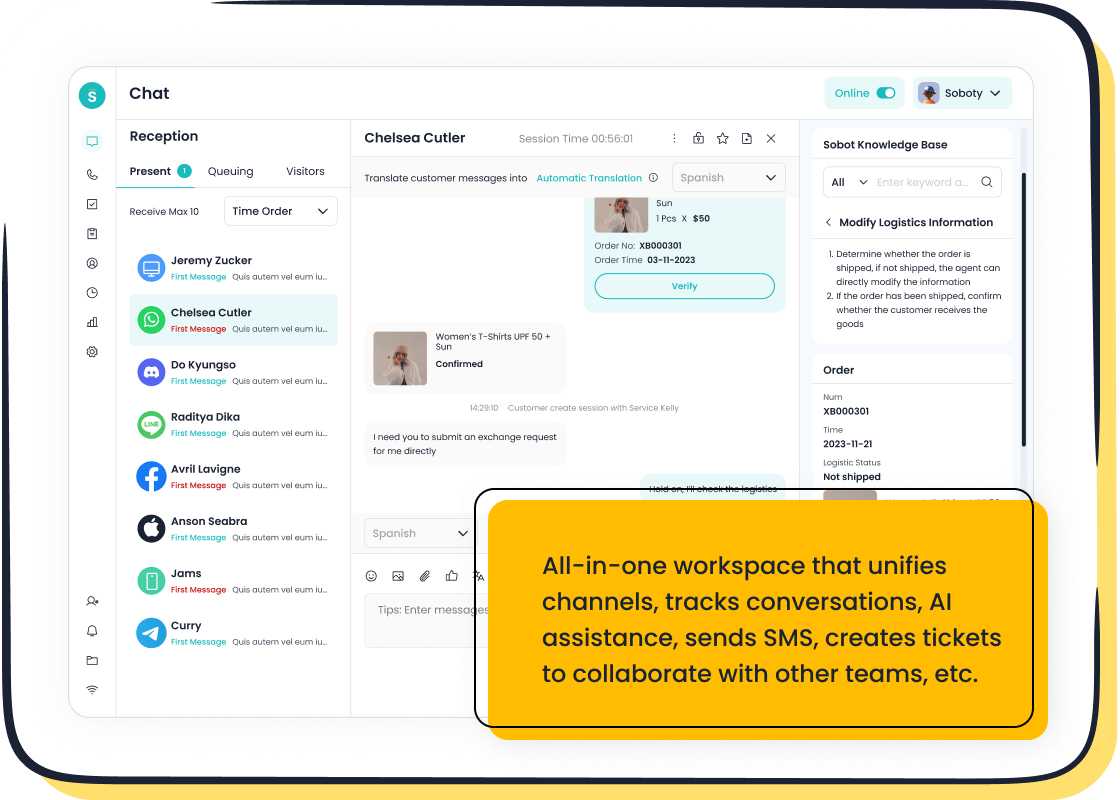
Data-driven strategies have become essential for driving ecommerce success. Businesses that leverage data-driven insights can unlock significant growth opportunities. For instance, 91% of shoppers prefer brands offering personalized recommendations, while 44% are more likely to return after a tailored shopping experience. Tools like Sobot Live Chat empower you to harness such insights effectively. By analyzing customer profiles and tailoring interactions, Sobot Live Chat has proven to increase ecommerce conversion rates by 38%. This transformation not only boosts sales but also enhances customer satisfaction, creating a seamless and engaging shopping journey.
Understanding Ecommerce Conversion Rates
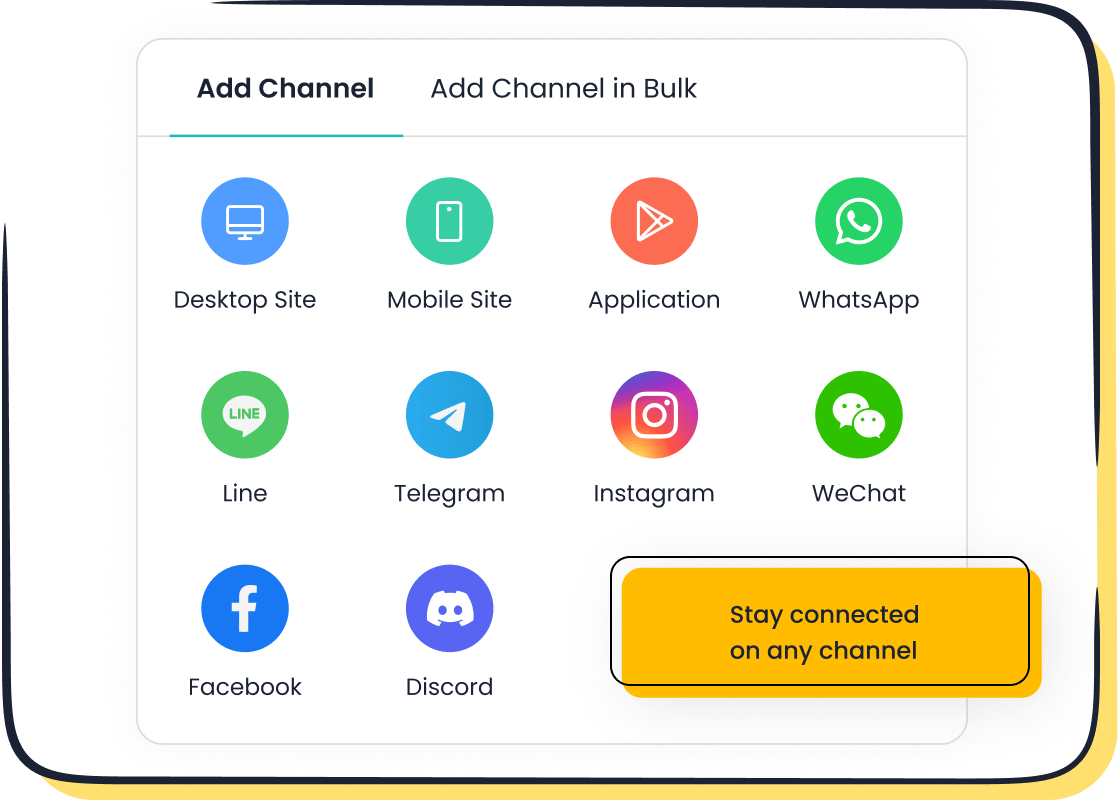
What Are Ecommerce Conversion Rates?
Ecommerce conversion rates measure the percentage of visitors who complete a desired action on your online store. These actions could include making a purchase, signing up for a newsletter, or adding items to a cart. For example, if 1,000 people visit your site and 30 make a purchase, your ecommerce conversion rate is 3%. This metric serves as a vital indicator of how effectively your website turns visitors into customers.
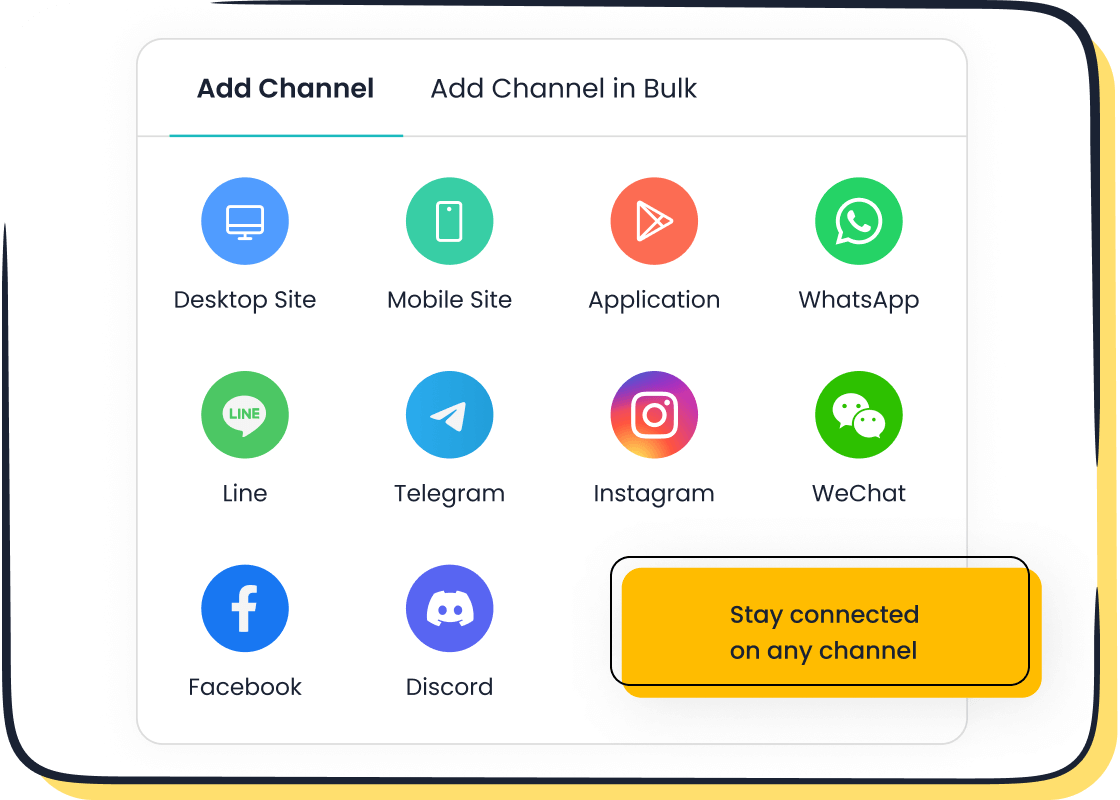
Tracking ecommerce conversion rates helps you understand customer behavior and identify areas for improvement. Tools like Google Analytics and Shopify Analytics provide insights into transaction rates, helping you refine your strategies. By monitoring these metrics, you can optimize your store’s performance and boost profitability.
Why Are Conversion Rates Crucial for Ecommerce Success?
Conversion rates directly impact your revenue and growth. Higher rates mean more customers are taking action, which translates to increased sales. Seasonal trends, such as holiday shopping, can elevate conversion rates by up to 30%, making it essential to align your campaigns with these periods. Additionally, omnichannel marketing strategies create multiple touchpoints, enhancing your ability to convert visitors into buyers.
Understanding conversion rates also helps you adapt to changing consumer behaviors. For instance, high-ticket items often have lower conversion rates (around 1%), while everyday products see rates between 2% and 5%. By tailoring your approach to your product category, you can maximize your ecommerce success.
Industry Benchmarks for Ecommerce Conversion Rates
Conversion rates vary significantly across industries and platforms. Here’s a snapshot of benchmarks:
| Industry | Conversion Rate Range (%) | Source |
|---|---|---|
| Fashion and Apparel | 1.01% - 2.20% | Statista |
| Health and Wellness | 1.87% - 4.20% | Statista |
| Pet Care | 2.20% - 2.53% | Growth Collective |
| Food and Beverage | 3.7% | Statista |
Device usage also plays a role in conversion rates. Tablets lead with an average rate of 3.1%, followed by desktops and mobiles at 2.8%. Channels like email and referral outperform others, with conversion rates of 5.3% and 5.4%, respectively. The chart below illustrates these benchmarks:
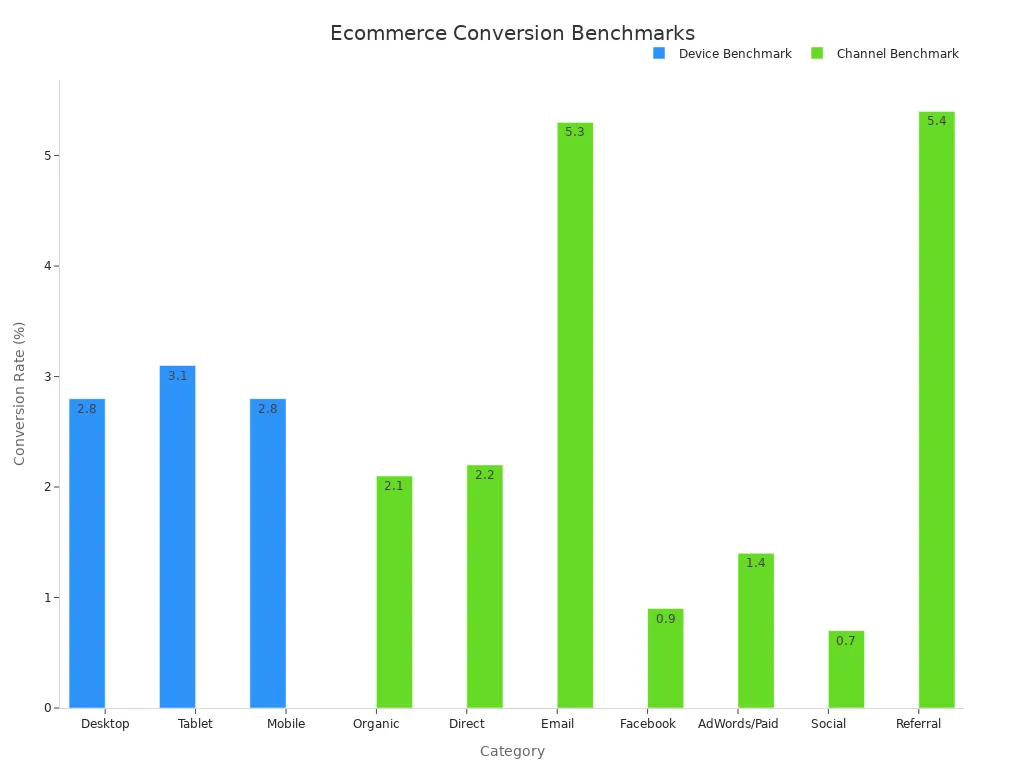
Geographical variations further highlight the importance of benchmarking. The United Kingdom boasts a 4.1% conversion rate, while Asia-Pacific ranges from 0.5% to 2%. Comparing your performance against these benchmarks helps you identify gaps and opportunities for improvement.
The Role of Data in Ecommerce Optimization Strategies
Mapping the Customer Journey with Data Insights
Understanding customer behavior starts with mapping their journey. Data-driven decision-making allows you to track every interaction, from the first website visit to the final purchase. By analyzing actionable insights, you can identify patterns that reveal what motivates customers to act. For example, tracking behavioral data helps you understand preferences, while transaction data highlights high-value customers. These insights enable you to tailor marketing messages and product offerings to specific demographics, such as age, gender, or location.
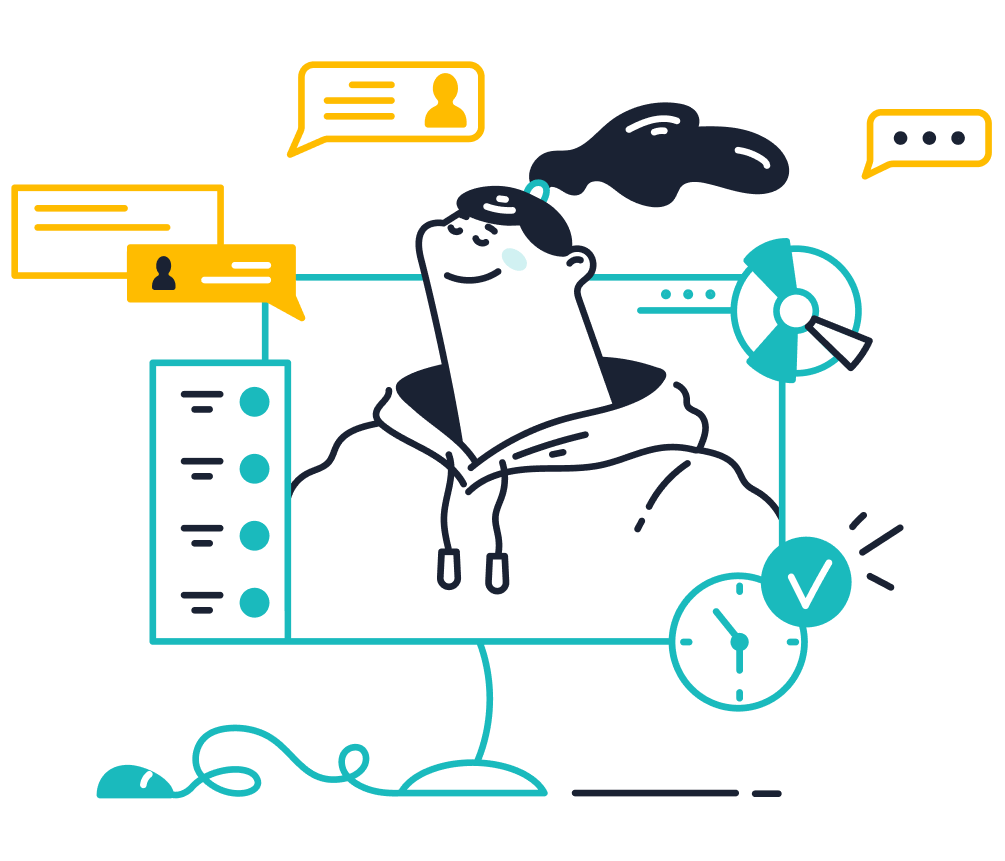
Mapping customer journeys also shifts your focus from subjective opinions to measurable factors like conversion rates and satisfaction scores. This approach helps you make informed decisions that improve the shopping experience. Tools like Sobot Live Chat enhance this process by providing real-time data on customer interactions. With features like omnichannel support and built-in analytics, you can gain deeper insights into customer behavior and preferences, ensuring your strategies align with their needs.
Identifying Bottlenecks in the Ecommerce Funnel
Bottlenecks in the ecommerce funnel can hinder your ability to convert visitors into buyers. Identifying drop-off points, such as abandoned carts or low engagement during checkout, is crucial for optimizing your funnel. Metrics like cart abandonment rate, average order value, and conversion rate provide actionable insights into these challenges. For instance, a high cart abandonment rate may indicate issues with pricing transparency or payment options.
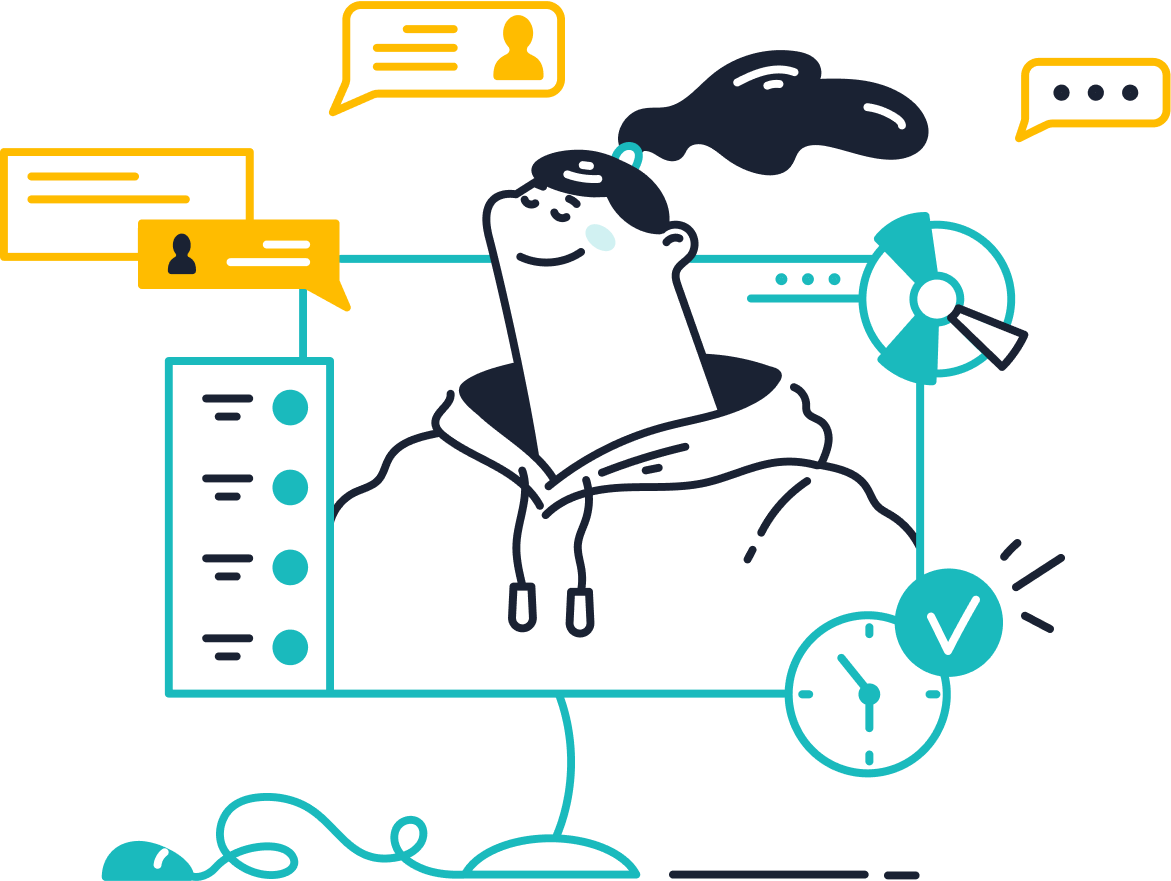
Using tools like Sobot Live Chat, you can address these bottlenecks effectively. Its intelligent assignment and AI-assisted tools allow you to engage customers at critical moments, reducing drop-offs and improving conversion rates. For example, if a customer hesitates during checkout, a live chat agent can provide instant assistance, resolving concerns and encouraging completion. By leveraging data-driven strategies, you can refine your funnel and boost overall effectiveness.
| Metric | Description |
|---|---|
| Conversion Rate | The percentage of visitors who complete a purchase, indicating overall funnel effectiveness. |
| Cart Abandonment Rate | The percentage of shoppers who leave items in their cart without completing the purchase. |
| Average Order Value | The average amount spent per transaction, reflecting upselling and cross-selling success. |
Leveraging Sobot Live Chat for Data-Driven Customer Engagement
Sobot Live Chat empowers you to turn data into action. Its built-in analytics evaluate over 150 indicators, providing actionable insights into customer behavior. For example, you can segment customers based on their preferences and tailor interactions to meet their needs. This personalization fosters loyalty and increases conversion rates by 38%.

The platform’s omnichannel support ensures seamless communication across websites, apps, and social media. Features like intelligent assignment and AI-assisted tools enhance efficiency, allowing agents to respond quickly and accurately. Additionally, Sobot Live Chat integrates with CRM systems, enabling you to access detailed customer profiles and provide personalized service. By leveraging these capabilities, you can create meaningful connections with customers and drive ecommerce growth.
Actionable Strategies to Increase Ecommerce Conversion Rate
Personalization Techniques Using Customer Data
Personalization is a game-changer in ecommerce. By tailoring your offerings to individual customer preferences, you can create personalized experiences that resonate deeply with your audience. For instance, using customer data to recommend products or customize email campaigns can significantly boost engagement and sales. Studies show that 63% of marketers report increased conversion rates due to personalization, while personalized product recommendations can improve conversion rates by up to 288%.
| Source | Evidence |
|---|---|
| Statista | 63% of marketers report increased conversion rates due to personalization. |
| Shogun | Behavioral targeting and personalized content improve conversion rates by up to 10%. |
| Adam Connell | Personalized calls-to-action can increase conversions by over 200%. |
| WiserNotify | Personalized product recommendations can boost conversion rates by 288%. |
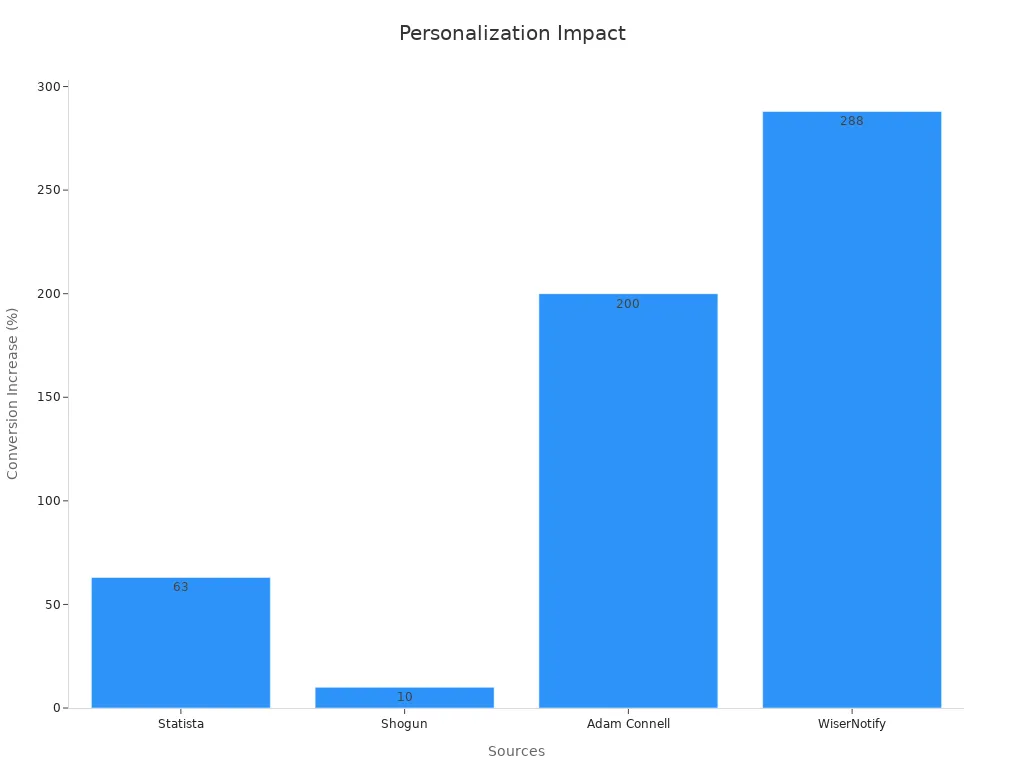

You can leverage tools like Sobot Live Chat to enhance personalization. Its built-in analytics allow you to segment customers based on their preferences and behaviors. For example, you can identify high-value customers and offer them exclusive discounts or early access to new products. This approach not only increases ecommerce conversion rates but also fosters long-term customer loyalty.
Tip: Companies excelling at personalization generate 40% more revenue than their competitors. Start by analyzing customer data to identify trends and preferences.
A/B Testing for Conversion Rate Optimization
A/B testing is a powerful method to refine your ecommerce strategies. By comparing two versions of a webpage, email, or ad, you can determine which performs better. This process helps you make data-driven decisions to optimize landing pages and improve conversion rates. For example, Clear Within tested the placement of their "Add to Cart" button and saw an 80% increase in add-to-cart rates.
| Case Study | What Was Tested | Results | Takeaways |
|---|---|---|---|
| Clear Within | Placement of 'Add to Cart' button | 80% increase in add-to-cart rate | Strategic button placement matters. |
| Clarks | Visibility of free shipping offer | 2.6% increase in conversion rates | Incentives and design impact conversions. |
| Beckett Simonon | Story-driven visuals and messaging | 5% increase in conversion rates | Storytelling drives connection. |
| SmartWool | Product page redesign | 17.1% increase in revenue per visitor | Continuous testing maximizes sales. |
Sobot Live Chat can complement your A/B testing efforts. For instance, you can test different live chat prompts to see which generates more engagement. Its analytics provide real-time feedback, helping you refine your strategies quickly. This iterative approach ensures continuous improvement in conversion rate optimization.
Note: Even small changes, like button color or headline wording, can lead to significant improvements. Always test one variable at a time for clear results.
Mobile Optimization to Enhance User Experience
Mobile devices dominate ecommerce traffic, accounting for 65% of visits. However, their conversion rate lags behind desktops, at just 2.49% compared to 5.06%. This gap highlights the need for mobile optimization to enhance user experience and increase ecommerce conversion rates.
Speed plays a crucial role. Research shows that speeding up your site by just one second can boost conversions by 7%. Ensure your mobile site loads quickly, has intuitive navigation, and offers seamless checkout options. Features like autofill forms and mobile-friendly payment methods can significantly reduce friction.
Sobot Live Chat supports mobile optimization by providing a responsive interface that works seamlessly across devices. Its omnichannel capabilities allow you to engage customers on their preferred platforms, whether it's a mobile app or social media. By integrating live chat into your mobile site, you can address customer queries instantly, reducing drop-offs and improving satisfaction.
Tip: Regularly test your mobile site on different devices to identify and fix usability issues. A smooth mobile experience can turn casual browsers into loyal customers.
Improving User Experience with Behavioral Analytics
Behavioral analytics helps you understand how users interact with your ecommerce site. By analyzing their actions, you can identify areas for improvement and create a seamless shopping experience. Metrics like click rates, bounce rates, and session duration provide valuable insights into user behavior. For example, high bounce rates may indicate content quality issues, while longer session durations show strong engagement.
Key Metrics to Track
Tracking the right metrics ensures you focus on what matters most for user experience. Here are some essential behavioral analytics metrics:
- Click Rates: Measure the percentage of users clicking on your search results. High click rates indicate relevant content.
- Bounce Rates: Show the percentage of visitors leaving after viewing one page. High bounce rates signal content or navigation issues.
- Session Duration: Reflect the average time users spend on your site. Longer durations suggest engaging content.
- Pages per Visit: Indicate how well your site navigation encourages exploration.
- Conversion Rates: Measure the percentage of users completing desired actions, such as purchases or sign-ups.
- Exit Rates: Highlight pages where users leave, pointing to potential content problems.
- Page Scroll Depth: Show how far users scroll, revealing content relevance.
- Cart Addition Rates: Reflect product appeal based on how many users add items to their cart.
- Cart Abandonment: Signal issues in the checkout process when users leave without completing a purchase.
- Customer Lifetime Value: Help you understand long-term customer engagement and loyalty.
How Behavioral Analytics Improves User Experience
Behavioral analytics allows you to tailor your ecommerce site to meet user expectations. Personalization plays a key role here. By analyzing user behavior, you can recommend products that match their preferences. For instance, if a customer frequently browses a specific category, you can highlight related items on their homepage. This approach enhances satisfaction and drives higher conversion rates.
Identifying pain points is another benefit of behavioral analytics. If users consistently drop off during the checkout process, you can investigate and resolve the issue. Simplifying payment options or reducing the number of steps can make the process smoother. Tools like Sobot Live Chat help you address these challenges in real time, ensuring customers complete their purchases.
A/B testing complements behavioral analytics by allowing you to experiment with different designs or layouts. For example, testing two versions of a product page can reveal which one leads to more sales. This iterative process ensures your site evolves based on user preferences, boosting engagement and ecommerce growth strategies.
Practical Applications of Behavioral Analytics
Behavioral analytics offers actionable insights that drive ecommerce success. Here’s how you can use it effectively:
- Personalization: Tailor product recommendations based on user behavior to enhance the shopping experience.
- Identifying Pain Points: Analyze data to find where users drop off and improve navigation or content.
- A/B Testing: Experiment with different designs to discover what resonates with your audience.
By leveraging these strategies, you can create a user-friendly ecommerce site that encourages repeat visits and purchases.
Tools to Enhance Behavioral Analytics
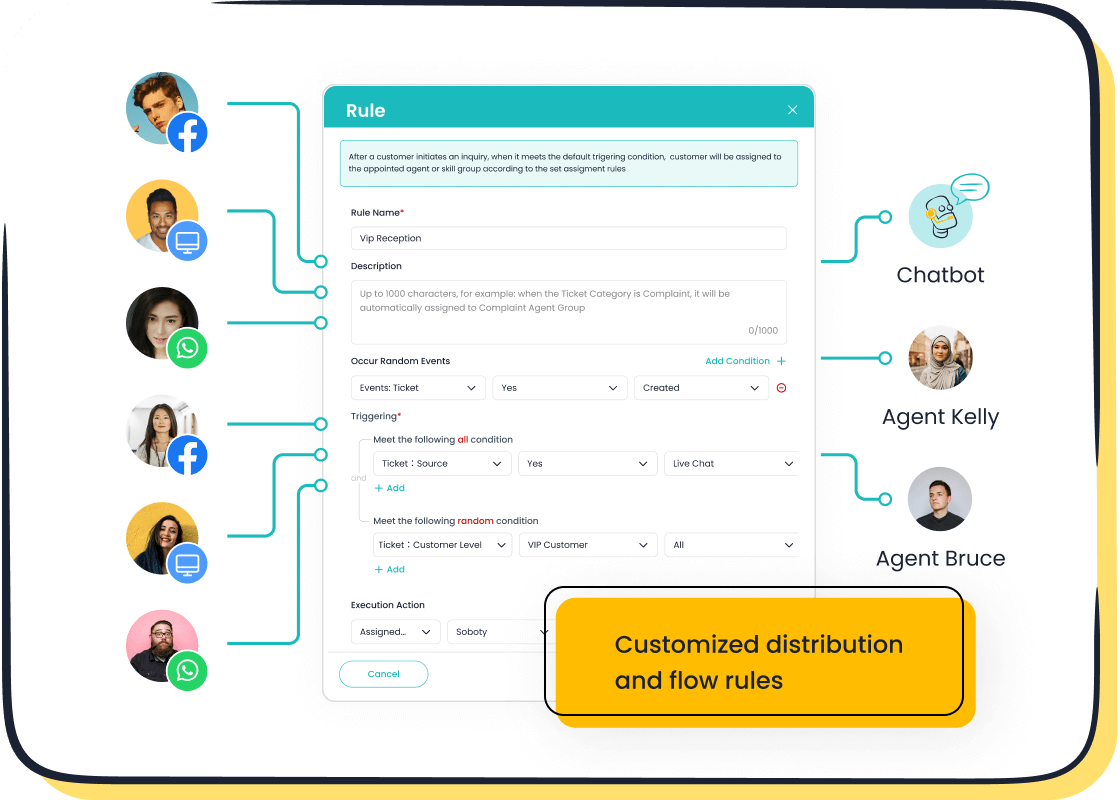
Platforms like Sobot Live Chat provide built-in analytics to help you track user behavior. Its omnichannel support ensures you can engage customers across websites, apps, and social media. Features like intelligent assignment and AI-assisted tools allow you to respond quickly to customer needs. By integrating behavioral analytics with tools like Sobot Live Chat, you can optimize your ecommerce site for growth and improve the overall user experience.
Tip: Regularly review behavioral analytics metrics to stay ahead of user expectations. Small adjustments based on data can lead to significant improvements in conversion rates.
Advanced Analytics for Ecommerce Growth
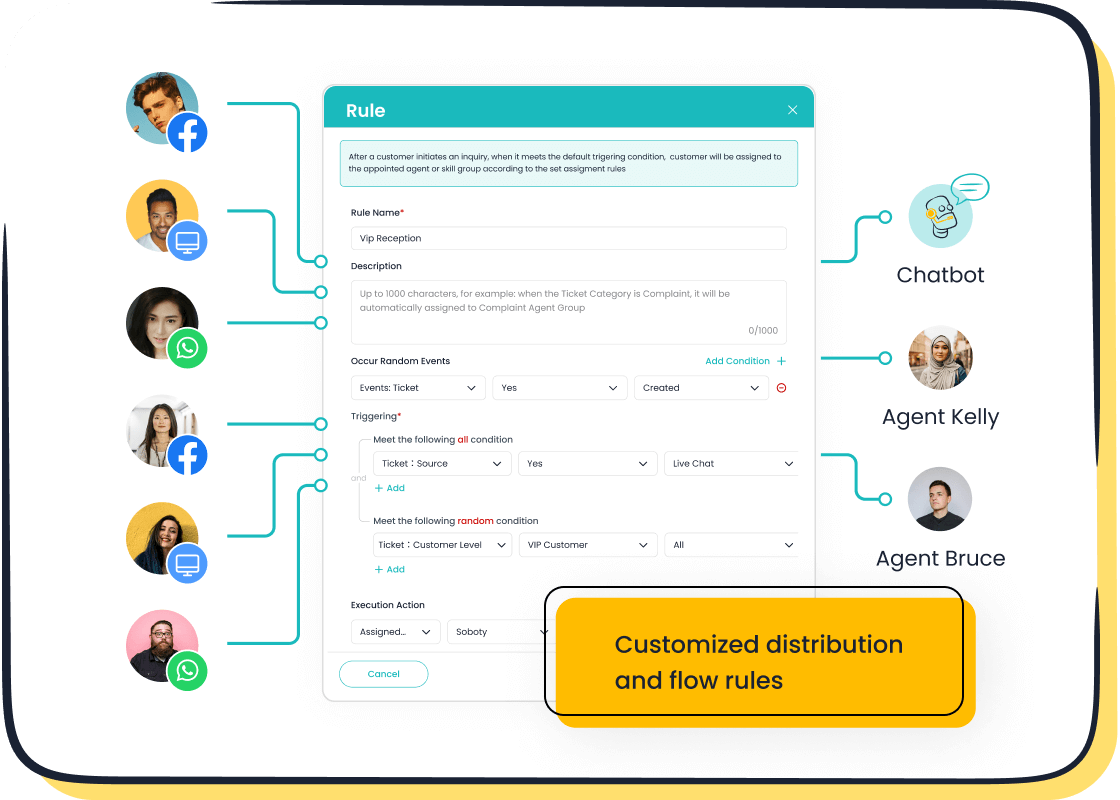
Advanced analytics can transform your ecommerce strategies by providing actionable insights that drive growth. By leveraging predictive analytics, customer segmentation, and AI-powered tools, you can anticipate customer needs, deliver personalized experiences, and optimize your operations. Let’s explore how these techniques can elevate your ecommerce success.
Predictive Analytics to Anticipate Customer Needs
Predictive analytics allows you to forecast customer behavior and trends using historical data. By identifying patterns, you can anticipate what your customers want before they even ask. This proactive approach enhances customer satisfaction and boosts conversion rates.
Several predictive models have proven effective in ecommerce:
| Model Type | Description |
|---|---|
| Regression analysis | Helps you expect numerical outcomes using previous data and pertinent variables. |
| Classification models | Categorize ecommerce data to forecast customer behavior like purchase intention and product preferences. |
| Clustering algorithms | Combine related data sets for market segmentation and customer profiling. |
| Time series forecasting | Use previous data to predict trends in sales data and website traffic. |
| Recommendation systems | Suggest personalized products to improve user experience and increase sales. |
| Anomaly detection | Identify unusual patterns in data to detect and mitigate risks in real time. |
For example, recommendation systems analyze browsing history to suggest products customers are likely to buy. This not only improves user experience but also increases sales. Tools like Sobot AI enhance predictive analytics by integrating real-time data from multiple channels, enabling you to make informed decisions quickly.
Tip: Start small by applying predictive analytics to one area, such as product recommendations, and expand as you see results.
Customer Segmentation for Targeted Marketing
Customer segmentation divides your audience into smaller groups based on shared characteristics. This enables you to create targeted marketing campaigns that resonate with specific segments, improving engagement and ROI.
| Benefit | Evidence |
|---|---|
| Improved Customer Retention | Returning customers spend 67% more than new customers. |
| Enhanced Customer Satisfaction | 93% of consumers say online reviews impact their purchasing decisions. |
| Increased Conversion Rates | Even a 1% increase in conversion rates can significantly boost revenue. |
| Better Marketing ROI | 37% of marketing spend is wasted due to poor targeting. |
| Increased Customer Value | Acquiring a new customer is 5 to 7 times more expensive than retaining an existing one. |
Segmenting customers based on behavior, such as purchase history or search patterns, allows you to deliver personalized experiences. For instance, you can offer exclusive discounts to high-spending customers or send targeted email campaigns to re-engage inactive users. These strategies strengthen loyalty and encourage repeat purchases.

Sobot Live Chat supports customer segmentation by providing built-in analytics that evaluate over 150 indicators. You can use this data to identify high-value segments and tailor your interactions accordingly. This approach not only improves customer satisfaction but also drives higher conversion rates.
Note: Regularly update your segments to reflect changing customer behaviors and preferences.
Using AI Solutions Like Sobot AI for Ecommerce Optimization
AI solutions like Sobot AI revolutionize ecommerce optimization by automating processes and delivering personalized customer experiences. With features like AI agents, copilots, and insights, Sobot AI helps you streamline operations and improve customer satisfaction.
Here’s how Sobot AI has transformed ecommerce performance:
| Metric | Before Automation | After Automation | Improvement |
|---|---|---|---|
| First Response Time | 15 minutes | 2 minutes | 86.7% |
| Resolution Time | 60 minutes | 30 minutes | 50% |
| CSAT Score | 75% | 85% | 13.3% |
| Resolution Rate | 60% | 80% | 33.3% |
| Escalation Rate | 20% | 5% | 75% |
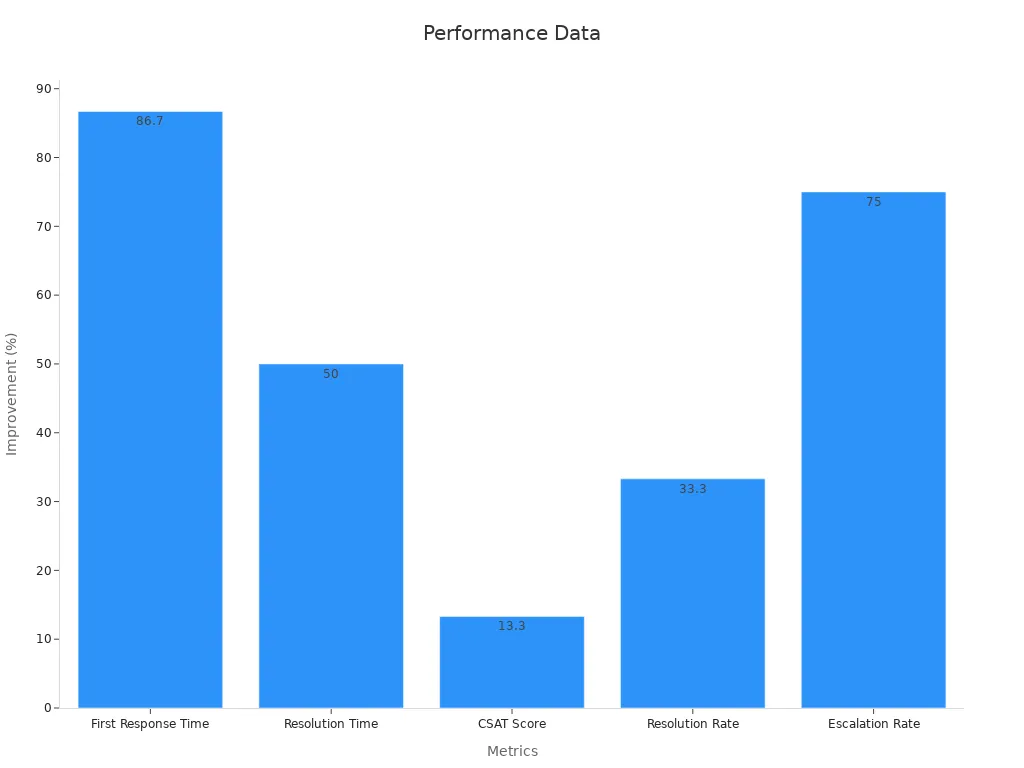
Over two years, Sobot AI’s self-service platform reduced inbound discussion volume by 20% and solved 85% of problems autonomously. Positive feedback reached over 96%, and the CSAT score climbed to 97%. These results demonstrate the power of AI in enhancing ecommerce operations.
By integrating Sobot AI, you can automate repetitive tasks, provide instant support, and gain valuable insights into customer behavior. This not only improves efficiency but also creates a seamless shopping experience that keeps customers coming back.
Tip: Use AI insights to identify gaps in your operations and continuously refine your strategies.
Overcoming Challenges in Data-Driven Ecommerce Strategies
Common Pitfalls in Conversion Rate Optimization
Optimizing conversion rates can be challenging due to several common pitfalls. Slow site speed often frustrates visitors, leading to higher abandonment rates. Mobile responsiveness is another critical factor, as 75% of retail website visits come from smartphones. Without proper optimization, you risk losing potential customers. Trust signals, such as secure payment badges, also play a vital role in building confidence and encouraging conversions.
Social media traffic presents unique challenges. It has the highest cart abandonment rate at 88.3%, indicating that users from these platforms are often not ready to purchase. Addressing these pitfalls requires urgency. You can improve site speed by compressing images and optimizing code. Mobile-friendly designs and clear trust signals can further enhance the customer experience.
| Pitfall | Impact |
|---|---|
| Site Speed | Slow-loading websites frustrate customers and lead to higher abandonment rates. |
| Mobile Responsiveness | 75% of retail website visits are from smartphones, highlighting the need for mobile optimization. |
| Trust Signals | Incorporating secure payment badges increases customer confidence and encourages conversions. |
Tip: Regular audits of your ecommerce platform can help you identify and resolve these issues quickly, ensuring an exceptional experience for your customers.
Ensuring Data Accuracy and Integrity
Data accuracy is essential for effective decision-making. Inaccurate or incomplete data can lead to misguided strategies and lost opportunities. Implementing best practices ensures your data remains reliable and actionable. For example, data validation processes, such as JPMorgan's financial audits, help maintain compliance and accuracy. Access control prevents duplicate entries, while encryption protects sensitive information.
Regular backups safeguard your data against loss or corruption. Error handling mechanisms, like automated detection systems, reduce the risk of inaccuracies. These measures create urgency in maintaining data integrity, ensuring your ecommerce operations run smoothly.
| Best Practice | Example Implementation | Outcome |
|---|---|---|
| Data Validation | JPMorgan's financial data audit system | Ensures compliance and accurate reporting |
| Access Control | Amazon's customer and product databases | Prevents duplicate entries and ensures consistency |
| Data Encryption | Implementation of encryption protocols | Protects sensitive information from unauthorized access |
| Regular Backups | Scheduled backups of databases | Ensures data recovery in case of loss or corruption |
| Error Handling Mechanisms | Automated error detection systems | Reduces the risk of data errors and maintains integrity |
- Data validation and verification
- Access control
- Data encryption
- Regular backups and recovery plans
- Data versioning and timestamps
- Audit trails and logs
- Error handling mechanisms
Note: Prioritize these practices to ensure your data remains accurate and secure, enabling better customer insights and improved conversion strategies.
Balancing Data Privacy with Personalization
Balancing data privacy with personalization requires building trust with your customers. Statistics show that 89% of consumers worry about online privacy, while 87% take steps to protect it. However, 88% are willing to share personal information if they trust the company. Transparency and strong security measures foster this trust, allowing you to deliver personalized experiences without compromising privacy.
For example, companies with robust security controls enjoy 84% customer loyalty. Ethical data usage also plays a role, as 60% of consumers believe businesses can use personal information to improve their lives. Incorporating these practices creates urgency in addressing privacy concerns while enhancing the customer experience.
| Statistic | Percentage |
|---|---|
| Concerned about online privacy | 89% |
| Have taken action to protect online privacy | 87% |
| Willing to share personal information based on trust | 88% |
| More loyal to companies with stronger security controls | 84% |
| Believe companies aren't using data in a beneficial way | 54% |
| Stopped buying from a company over privacy concerns | 48% |
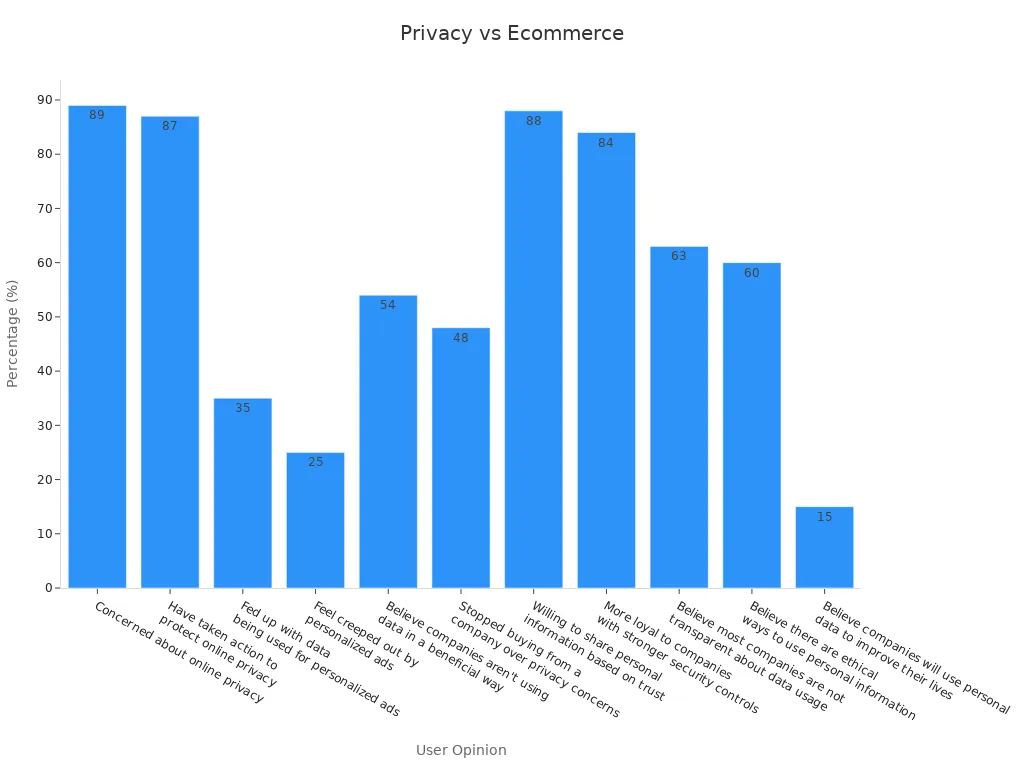
Tip: Communicate your data practices clearly and implement visible security measures to reassure customers. This approach builds trust and encourages them to share information, enabling you to create personalized and exceptional experiences.
Data-driven techniques are essential for ecommerce growth. They help you understand customer behavior, optimize operations, and improve conversion rates. Retaining loyal customers can significantly boost revenue, as they are worth up to 10 times their first purchase. Repeat customers contribute over half of the revenue for 61% of small businesses, emphasizing the importance of customer lifetime value.
Key strategies like personalization, A/B testing, and predictive analytics empower you to create tailored experiences that resonate with your audience. Tools like Sobot Live Chat and Sobot AI enhance these efforts by providing actionable insights and seamless customer engagement. For example, Sobot Live Chat improves metrics such as chat conversion rates, response times, and post-chat sales, ensuring your website delivers exceptional service.
Adopting data-driven methods positions your business for sustainable growth. Start leveraging these techniques today to transform your ecommerce website into a hub of customer satisfaction and profitability.
FAQ
How can Sobot Live Chat improve my ecommerce conversion rates?
Sobot Live Chat uses precise profiling and tailored services to engage visitors effectively. It turns them into customers, increasing conversion rates by 38%. Features like omnichannel support and AI-assisted tools ensure seamless communication and personalized interactions.
What channels does Sobot Live Chat support?
Sobot Live Chat supports websites, apps, and social media platforms like WhatsApp, Facebook, Instagram, Telegram, and Discord. This omnichannel approach ensures you can connect with customers wherever they prefer to interact.
Is Sobot Live Chat easy to integrate with my existing systems?
Yes, Sobot Live Chat integrates with CRM, order systems, and other tools. This connected setup helps agents access customer data efficiently, enabling better service and collaboration.
Does Sobot AI help with customer segmentation?
Sobot AI evaluates over 150 indicators to segment customers based on preferences and behaviors. This segmentation allows you to deliver targeted marketing campaigns and personalized experiences, boosting engagement and loyalty.
Can I try Sobot Live Chat before purchasing?
Absolutely! Sobot Live Chat offers a free trial. You can explore its features and see how it enhances customer engagement and conversion rates. Visit Sobot Live Chat to get started.
Tip: Use the free trial to test its analytics and omnichannel capabilities. This helps you understand how it fits your ecommerce needs.
See Also
Increasing Sales Through Ecommerce Live Chat Solutions
Best Live Chat Tools for Ecommerce This Year
Boosting Shopify Revenue Using Live Chat Features
